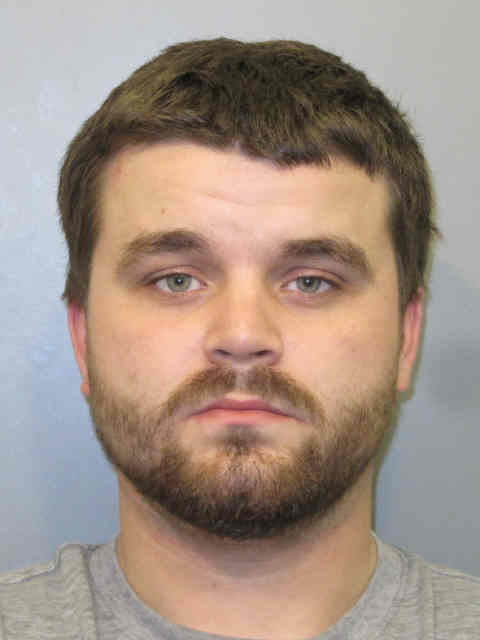
They were built by Bishop Ralph of Shrewsbury and were occupied as early as 1348. The small, picturesque, terraced houses that sit either side of a cobbled street, were originally built to house a vicar each.

The new cathedral was dedicated to the Holy and Undivided Trinity. 1558) a former royal household chaplain, was created the first Bishop of Bristol. The new diocese was created from parts of the Diocese of Gloucester and the Diocese of Bath and Wells. In an edict dated June 1542, Henry VIII and Thomas Cranmer raised the building to rank of Cathedral of a new Diocese of Bristol.

The partly built nave was demolished and the remaining eastern part of the church closed until it reopened as a cathedral under the secular clergy. Abbot John Newland, (1481–1515), began the rebuilding of the nave, but it was incomplete at the Dissolution of the Monasteries in 1539. These difficulties meant that little building work had been undertaken for nearly 100 years, however in the mid 15th century, the number of Canons increased and the transept and central tower were constructed. In the late 14th and early 15th centuries Abbots Cernay and Daubeney restored the fortunes of the order, partly by obtaining the perpetual vicarage of several local parishes.

Soon after the election of his successor, Henry Shellingford, in 1365 Edward III took control of the monsatery and made Maurice de Berkeley, 4th Baron Berkeley its commissioner to resolve the financial problems. The Black Death is likely to have affected the monastery and when William Coke became abbot in 1353 he obtained a papal bull from Pope Urban V to allow him ordain priests at a younger age to replace those who had died. Between 12 the eastern part of the abbey church was rebuilt in the English Decorated Gothic style. Under Abbot Edward Knowle (1306-1332), a major rebuilding of the Abbey church began despite financial problems. In 1280 he resigned and was replaced as abbot by Abbot Hugh who restored good order, with money being given by Edward I. The next abbot was William Longe, the Chamberlain of Keynsham, whose reign was found to have lacked discipline and had poor financial management. Abbot David argued with the convent and was deposed in 1234 to be replaced by William of Bradstone who purchased land from the mayor to build a quay and the Church of St Augustine the Less. The stonework of the eastern window of this chapel is by William the Geometer, of about 1280. The architect, referred to in a letter as 'L', is thought to have been Adam Lock, master mason of Wells Cathedral. This building, which still stands, was to become known as the "Elder Lady Chapel".

Under Abbot David (1216–1234) there was a new phase of building, notably the construction in around 1220 of a chapel dedicated to the Blessed Virgin Mary, abutting the northern side of the choir. Burrough, a local architectural historian, describes the former as "the finest Norman chapter house still standing today". Three examples of this phase survive, the chapterhouse and the abbey gatehouse, now the diocesan office, together with a second Romanesque gateway, which originally led into the abbot's quarters. The dedication ceremony was held on 11 April 1148, and was conducted by the Bishops of Worcester, Exeter, Llandaff, and St Asaph.įurther stone buildings were erected on the site between 11. The original abbey church, of which only fragments remain, was constructed between 11 in the Romanesque style, known in England as Norman. As the name suggests, the monastic precinct housed Augustinian canons. The Grade I Listed Bristol Cathedral, in Bristol, Avon.īristol Cathedral was founded as St Augustine's Abbey in 1140 by Robert Fitzharding, a wealthy local landowner and royal official.


 0 kommentar(er)
0 kommentar(er)
